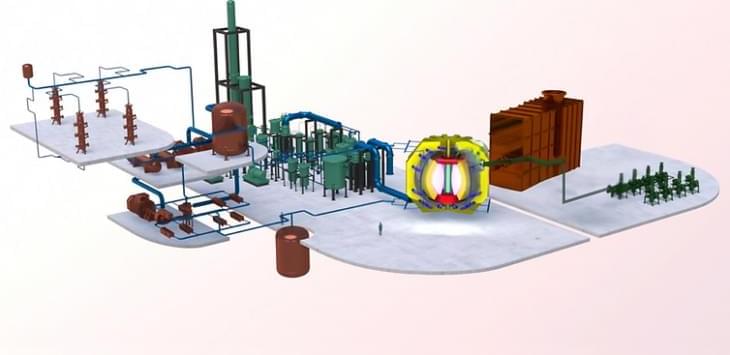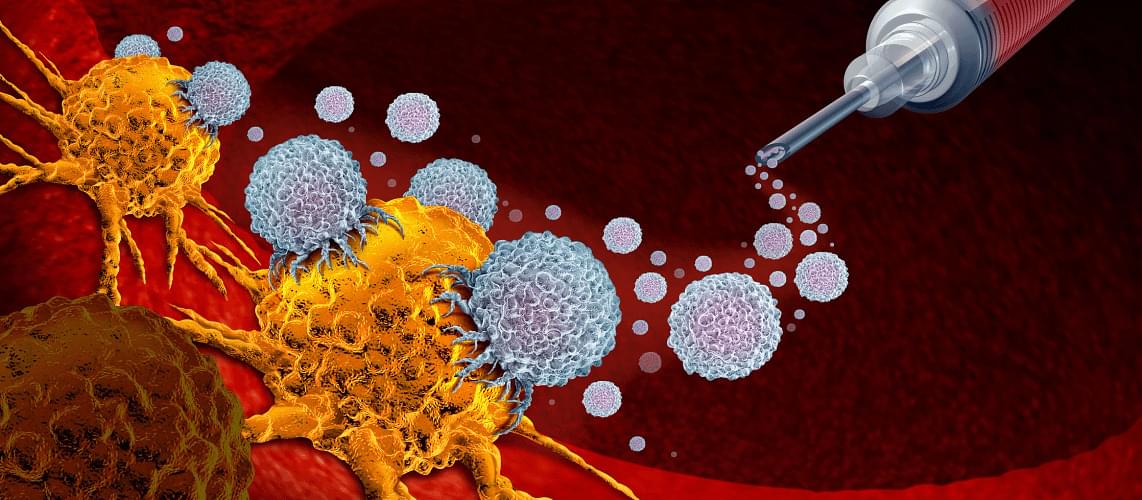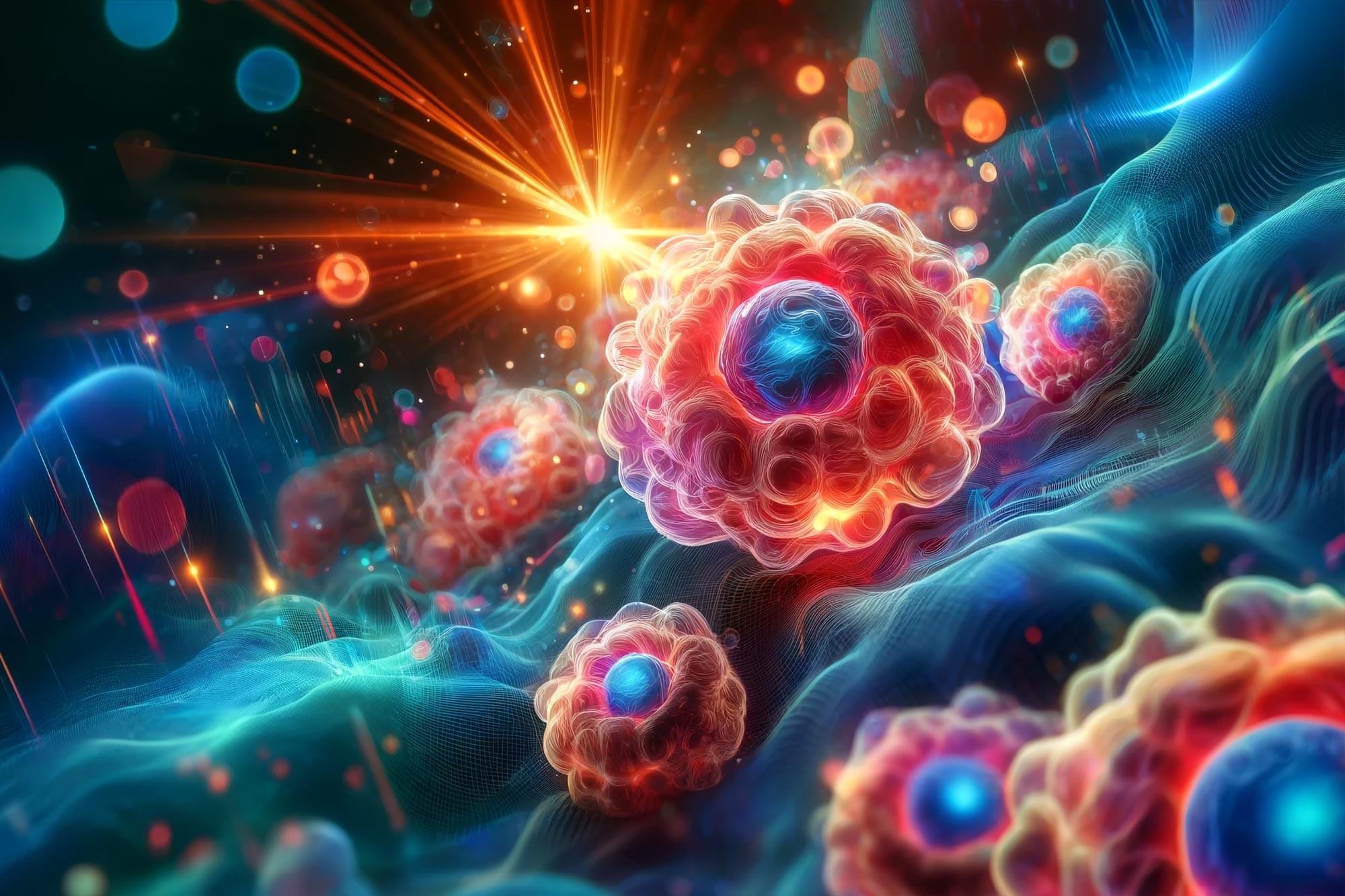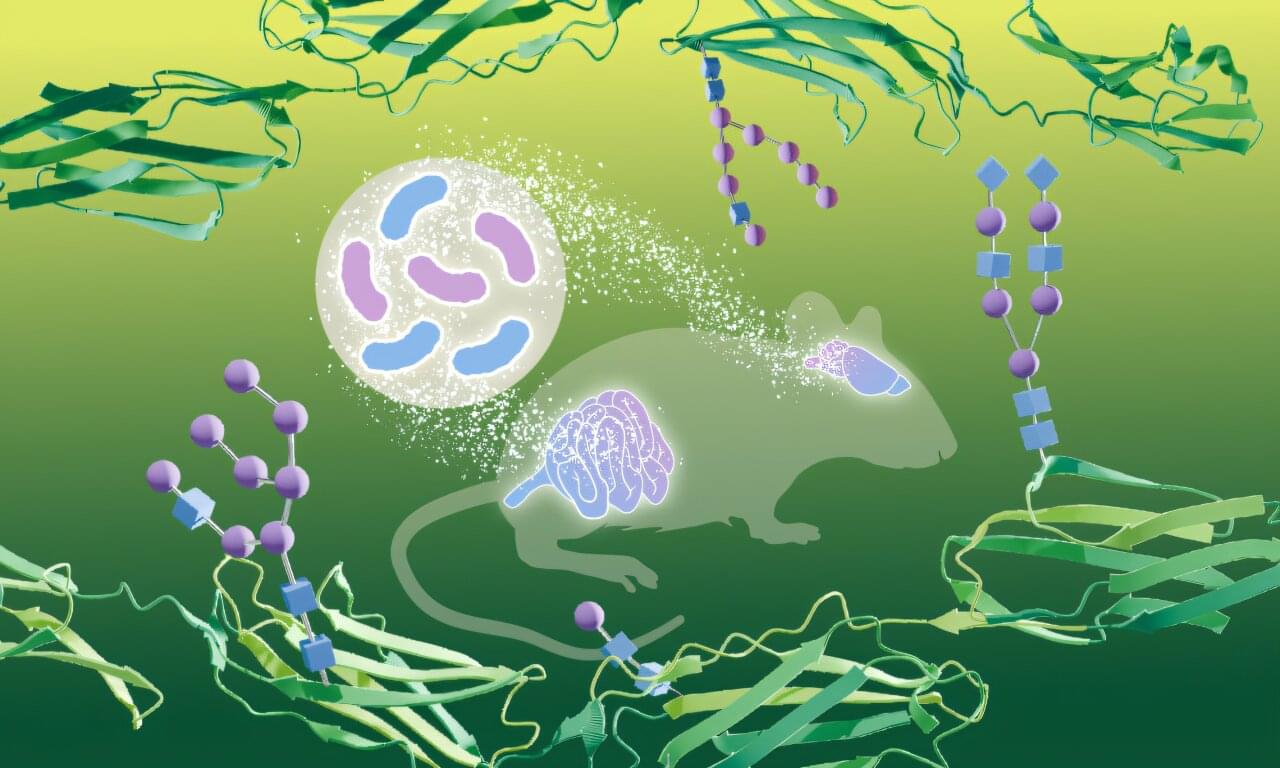The FAST (Fusion by Advanced Superconducting Tokamak) project has been launched in Japan with the aim of achieving fusion-based power generation by the end of the 2030s.
FAST, to be sited in Japan, aims to generate and sustain a plasma of deuterium-tritium (D-T) reactions, demonstrating an integrated fusion energy system that combines energy conversion including electricity generation and fuel technologies. The project will employ a tokamak configuration, chosen for its well-established data and scalability. The project brings together top researchers from prominent institutions, along with industrial and international partners from Japan, the UK, the USA and Canada.
Targeting a power generation demonstration by the end of the 2030s, FAST will address remaining technical challenges enroute to commercial fusion power plants. The FAST Project Office notes that power generation refers to producing energy from fusion reactions, but does not imply net positive power production where electricity output exceeds electricity consumption.








